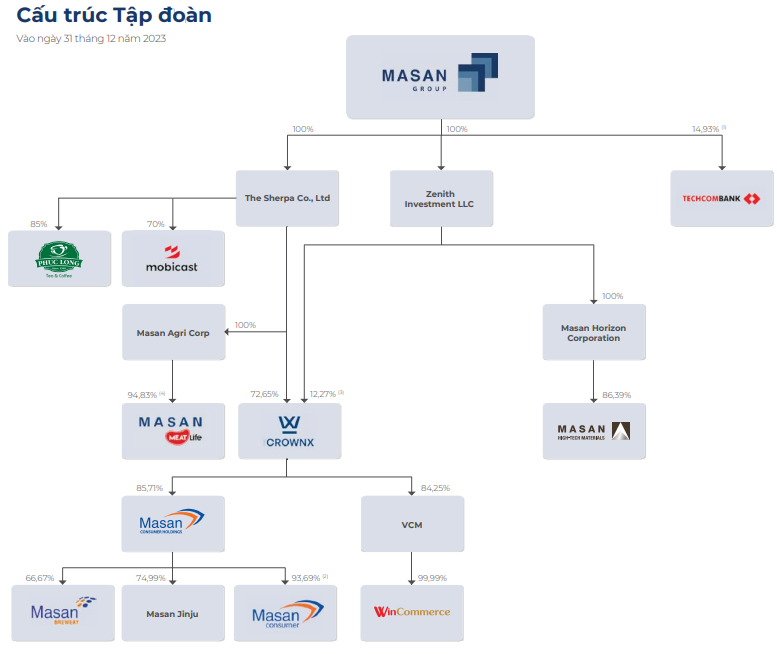“We understand that the days leading up to Tet are the time when the ‘work spirit’ is at its lowest, and it is the time when ‘lying’ is at its peak as people often ‘escape’ the company to go shopping for Tet with a very reasonable reason: ‘Meeting with clients’.”
“We want you to go shopping for Tet honestly, and spend the most time with your family, especially celebrating “Ong Cong Ong Tao” together, something that you may not have been able to do for a long time…“
This is a part of the Tet holiday notice from 1Office at the beginning of 2020, marking the first year for the company to implement the Tet holiday policy starting from the 23rd of December.
Mr. Le Viet Thang – CEO of 1Office – said that this policy is still in effect. After 4 years of implementation, he noticed that labor productivity has not decreased, but rather, the personnel are more comfortable and have a better working spirit after the holidays.
Proposing a 12-day Tet holiday, so that Vietnamese people can truly “enjoy Tet”, instead of “struggling with Tet”

Based on 1Office’s experience, Mr. Thang believes that extending the Tet holiday period will allow Vietnamese people to truly “enjoy Tet”, instead of “struggling with Tet”.
In fact, there were times when the 1Office founder believed that if one of the two holidays (Western New Year or Lunar New Year) could be removed, labor productivity would increase. However, as he delved into management, he realized it should not be done.
According to him, every society and community that is formed and maintained has its own culture. For example, Western countries have long Christmas and New Year holidays. When working with these partners, the downtime is about 1 month, 1 week before Christmas and 1 week after New Year. Although they have days off, they plan their work in advance, so work efficiency is still ensured.
He also proposed that the Lunar New Year holiday be extended to 12 days, 5 days longer than the current regulation. A longer Tet holiday on one hand helps employees restore their workforce, on the other hand, it stimulates consumption, trading, and tourism.
“If we only have 29 days for Tet holiday, it will be impossible to fully enjoy Tet when it’s not ‘enjoying Tet’, but rather ‘struggling with Tet'”, Mr. Thang expressed his opinion.
“Looking at the fact that labor productivity is not directly proportional to working days, employee absence is no longer a problem”.
In addition to the general holidays (Saturday – Sunday and 12 annual leave days), 1Office employees are also entitled to 7 additional “fun and exciting” days, including 1 company birthday, 2 additional days off for the Lunar New Year (starting 5 days earlier and making up for 3 days), 3 days off in the middle of the year, and 1 day off to accompany their children on the first day of school.
4 factors to increase labor productivity, bosses must know how to SHARE


In terms of labor productivity from the employer’s perspective, Mr. Thang believes that labor productivity depends on 4 factors. Specifically:
– Production materials: Tools that promote workers’ productivity such as machinery, technology…
– Job availability for employees: When there is enough work for employees, time wasted during working hours will decrease. For example, if a content writer is only required to write 3 articles per day, but they are capable of writing 10 articles per day, if there is enough work for them to write 15-16 articles per day, their productivity will be different.
Therefore, the workload must exceed a certain threshold for labor productivity to increase.
– Employee capabilities: Evaluation and training are necessary.
– Equation of SHARING, which means policies and regulations.
Mr. Thang said that this equation is the key to boosting labor productivity. Those who work more will receive more rewards, and those who work less will receive less.
“If we encourage employees to work more without increasing their salary, no one will want to do it. If we choose to SHARE, it must be fair, and encouragement is also needed. For example, if an employee does 10 tasks, they get paid 10, if they do 11 tasks, we encourage them to do 12 tasks.”
“This equation of SHARING is very important. And it must go hand in hand with the availability of work for employees. At that time, labor productivity will increase,” Mr. Thang said.
The issue of controlling employee leave, Mr. Thang believes, is due to employers being trapped in the relationship between official working days and labor productivity, leading to the belief that working enough days will ensure labor productivity. He emphasized that this mindset is a mistake.















